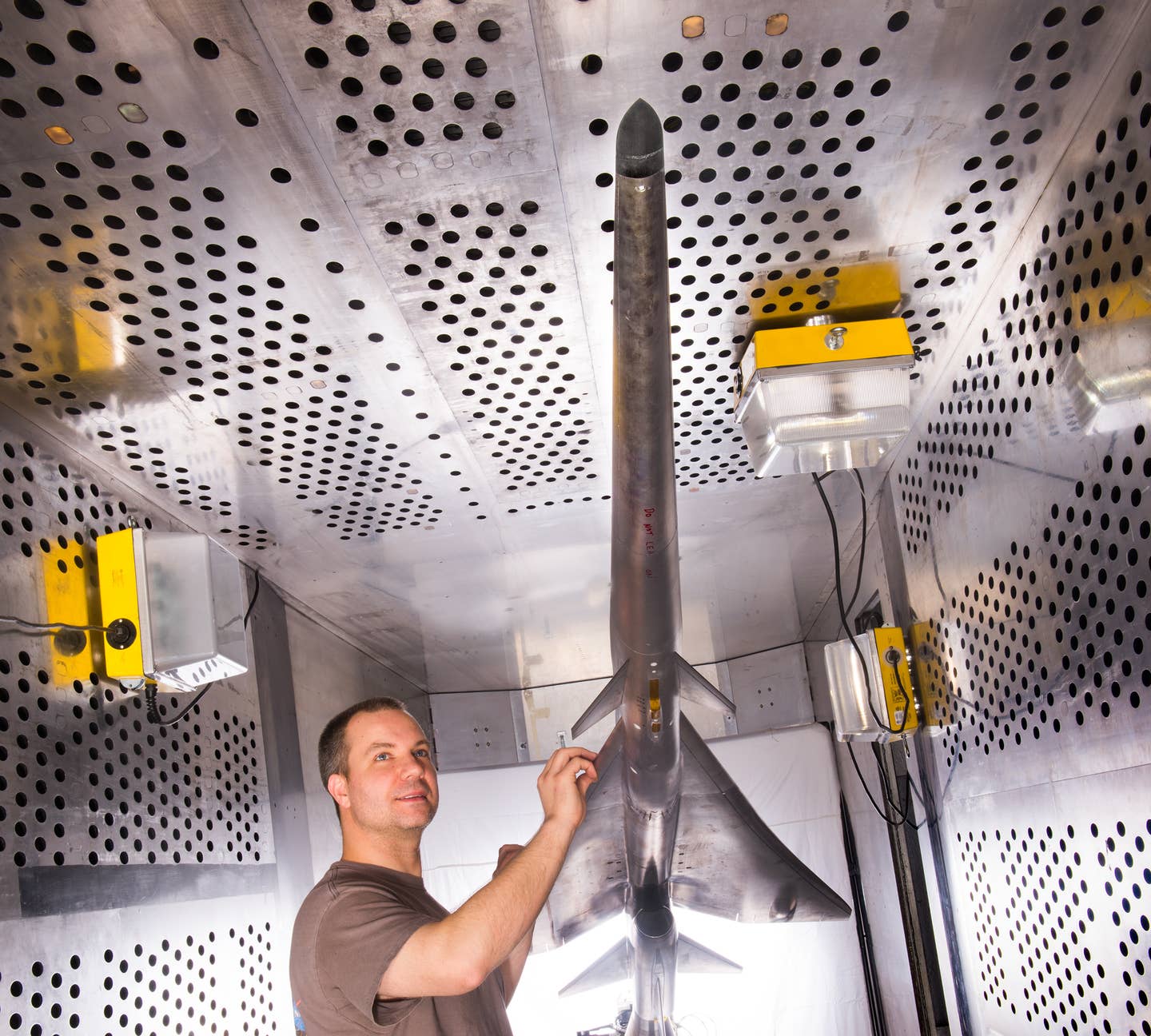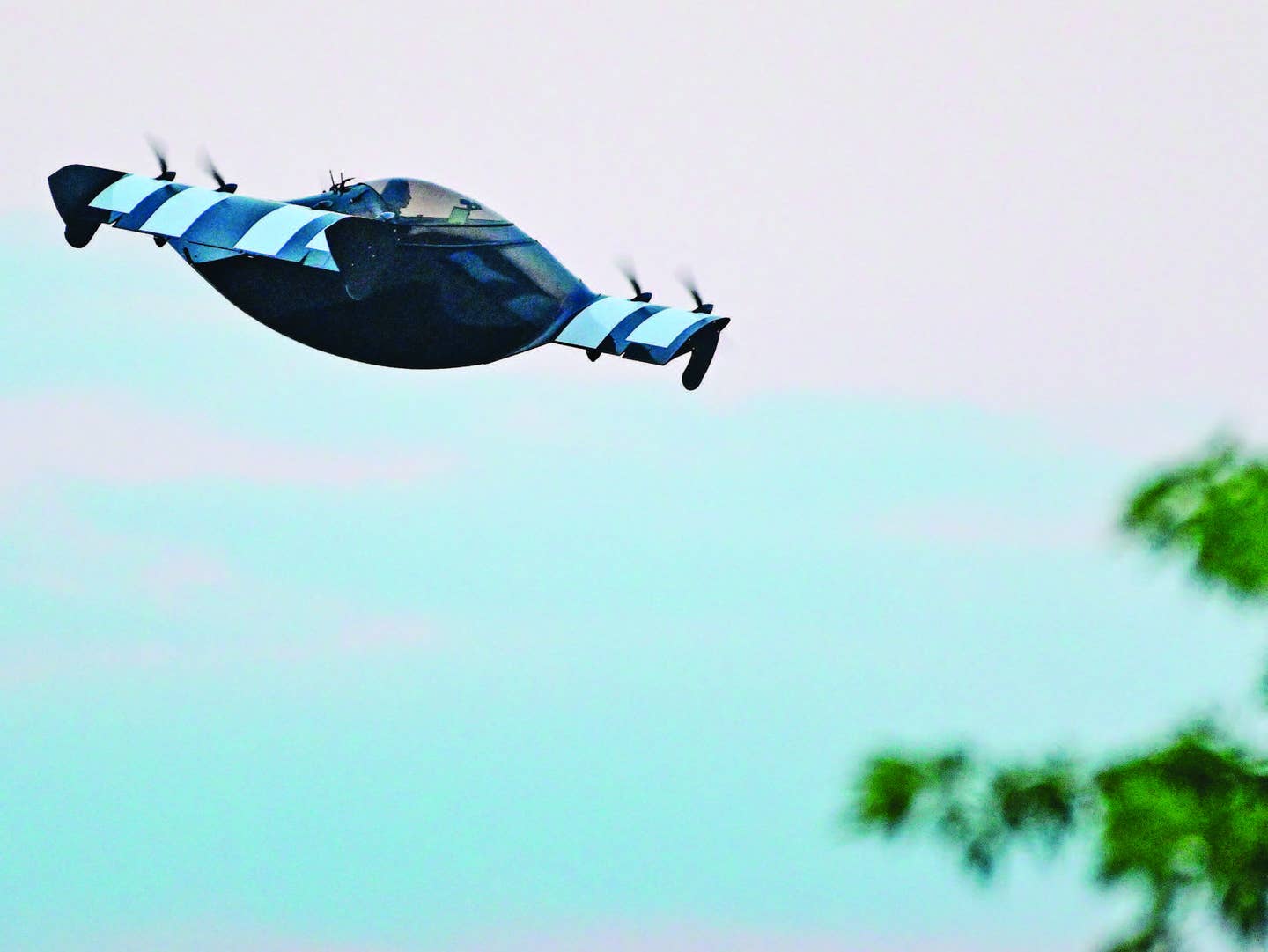
NASA and Lockheed Martin are wind-tunnel testing at Glenn Research Center. NASA
Most U.S. pilots know there’s an FAR restricting a civil aircraft from exceeding the speed of sound over land thanks to the annoying boom that people on the ground experience when one flies nearby. Over the next few months, NASA believes successful wind-tunnel testing of a 9 percent scale model of Lockheed Martin’s X-plane, at speeds up to Mach 1.6, could pave the way for quiet supersonic flight in the not too distance future, making that regulation obsolete.
NASA and Lockheed Martin engineers are working at the agency’s Glenn Research Center in Cleveland on a new X-Plane preliminary design called a Quiet Supersonic Technology to confirm earlier NASA research that shows a supersonic aircraft of a particular shape could generate a shockwave unnoticeable to people by the time it reaches the ground.
NASA awarded Lockheed Martin a contract last year for the preliminary design of the supersonic X-plane flight demonstrator that has since matured into an aircraft of the shape and performance needed for the task.
Wind-tunnel testing at Glenn, as well as analysis of the results, is expected to continue through this summer. If the agency receives a green light for funding, next steps include final design work followed by construction and testing of a larger version of the low boom aircraft.

Sign-up for newsletters & special offers!
Get the latest FLYING stories & special offers delivered directly to your inbox






